As an ethnic group that has long lived in Cao Bang , the Mong people have formed and preserved a traditional culture with a strong identity. With a rich traditional belief in all things, the family's fire-keeping ceremony is a long-standing traditional ritual with a distinct cultural identity in the life of each family and clan of the Mong ethnic group.
The Mong people believe that each clan has its own fire-keeping god. Right after getting married and building a new house, the head of the family will choose an auspicious day to bring the ancestral altar into the house and perform the ritual of welcoming the family's fire-keeping god to bless the family with prosperity, harmony between husband and wife, and good luck. This ritual is not performed by a shaman, but the head of the house is the one who performs the ceremony, and the family members will assist. Before the ceremony, the head of the house prepares a small basket woven by hand from bamboo, the sacrifice is a pig or a dog, the sacrifice must be a child.
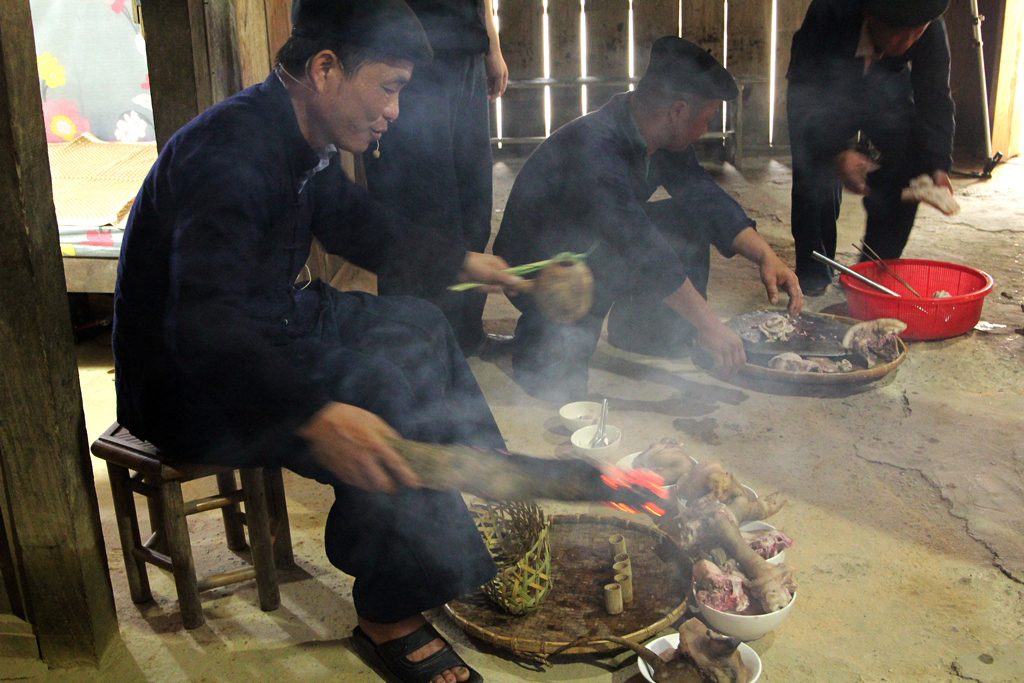
To perform the ritual of inviting the family's fire god into the new house, the homeowner puts on a hat, holds a burning stick, an egg and three blades of reed grass, stands in front of the door and begins to pray to the ancestors' gods to witness. The prayer in the Mong language includes sentences like: "Oh fire god, today is a good day, a good month, the family has a pet to offer to the god. I pray that the god will come to guard and bless the family, husband and wife, and children to always be safe, warm, and happy. The family's crops and animals always grow well, and business will be prosperous..."
Mr. Vuong Van Te, Na Pan hamlet, Da Thong commune (Ha Quang), an elderly person who is knowledgeable about Mong ethnic rituals, said: The "welcoming the fire god" ritual includes rituals of inviting the fire god of the family and clan, welcoming the fire god into the house to receive the family's offerings, hanging the basket (fire god) in the house... The ritual has existed for a long time, bearing distinct cultural features in the life of each Mong family and clan.
After inviting the family's fire god, the homeowner performs the ritual of welcoming the fire god into the house to receive the offering. At this time, the family brings the animal that has been prepared for sacrifice to be slaughtered. A special thing that must be followed while performing the ritual of welcoming the fire god into the house is that the homeowner and everyone around can speak and communicate in the Mong language. However, relatives and friends who come to attend are absolutely not allowed to speak in the language of other ethnic groups. Because the concept of the fire god is a special god, preserving the pure traditional values unique to each family and Mong clan.
After the sacrificial animal is cooked, the host and his family go inside and close the door to perform the ceremony. Closing the door means to prevent bad ghosts and welcome good ghosts into the house. The host prepares a tray of offerings with 5 tubes to hold offerings, 5 cups made from bamboo to hold the broth, and a small piece of bamboo tied with a string, symbolizing tying the animal's feet to make an offering to the fire god. The host uses a gourd shell with a small hole drilled in it, scoops 3 rounds of meat broth into the bowl, and after each round, prays in the Mong language: "Oh fire god, today is a good day, a good month, the family holds a ceremony to offer to the god. If the Mong people come, bring 9 couples. If bad people come, bring 10 pairs of slaves. The Mong people come, bring gold bracelets as big as their wrists. Bad people come, bring gold bracelets made of thread...".
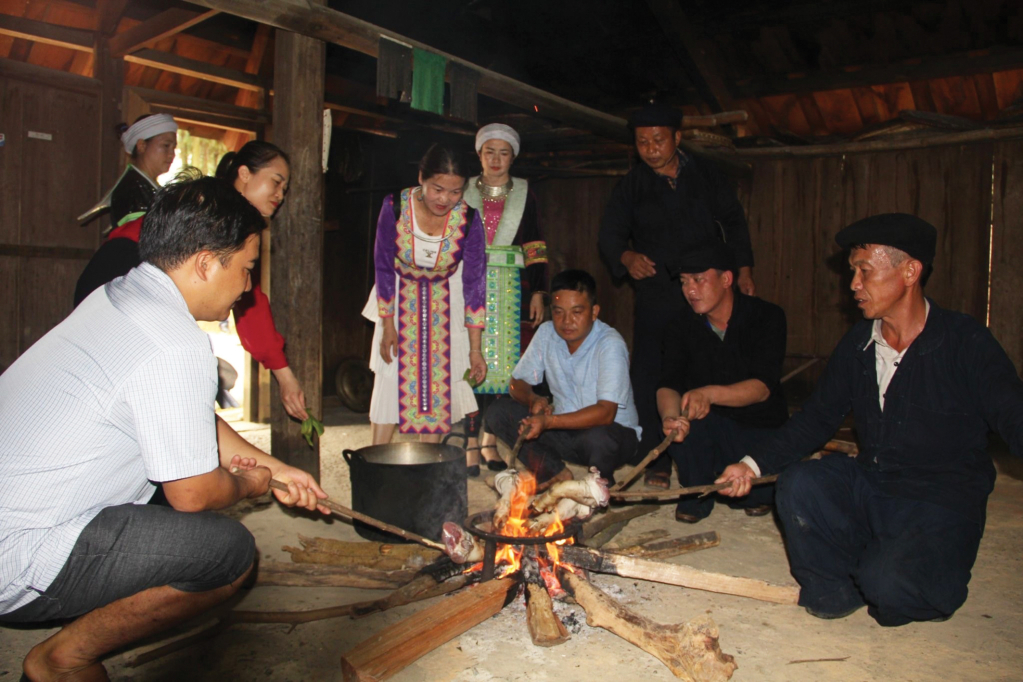
After each pouring and praying, the bowls of soup will be drunk by the people around for good luck. Next, with the help of everyone, the host begins to cut the sacrificial animal (5 pieces of each) with all the internal organs, legs, tail, head, take 1 egg and rice and put them in 5 tubes (in which, rice, eggs and pork belly are the things that must be placed in the first bowl of the offering, then the other parts). The head of the sacrificial animal is placed in order, the lip meat is placed in the first bowl, then the head meat is placed in the next bowls from left to right of the offering tray; the head meat and the meat of the 4 hams when placed for the offering will be placed diagonally between the bowls on the tray.
After pouring enough soup 3 times and praying 5 times according to the family's and clan's customs, the homeowner will eat a bowl of rice with the gods, then go to the door and read the following prayers: "Oh god of the fire, today is a good day, a good month, the family has welcomed you to guard and bless the family with peace and happiness; household items and pets are growing. Now open the door to welcome fortune into the house, wealth and pets in the house also go out to look for food". After completing the ritual, the door is opened, at this time relatives and friends near and far can freely chat in the language of the Mong people and other ethnic groups.
After completing the rituals, when it comes to hanging the basket (fire guardian god) in the house, the homeowner places a bowl of offerings on the tray on the couple's bed and gives the remaining bowls to everyone to bring to the fire to grill and eat together for good luck. Next, take the basket containing the gourd and a small bamboo stick tied with a string (a symbol representing the family fire guardian god) and tie it to the wall right above the couple's bed facing the kitchen to watch over, keep the fire and always keep warm, blessing the family with all good luck.
The ritual of welcoming the fire god is an important and indispensable religious ritual in the family life of the Mong people. Nowadays, in the trend of integration and development, the Mong people in Cao Bang still preserve their own ethnic identity, contributing to enriching the cultural colors of the ethnic groups in Vietnam.
Thanh Binh
Source


![[Photo] A delegation of 100 journalists from the Vietnam Journalists Association visits the soldiers and people of Truong Sa island district.](https://vphoto.vietnam.vn/thumb/1200x675/vietnam/resource/IMAGE/2025/5/30/0984a986227d4e988177f560d2e1563e)
![[Photo] Journalists moved to tears at the Memorial Service for the soldiers who died in Gac Ma](https://vphoto.vietnam.vn/thumb/1200x675/vietnam/resource/IMAGE/2025/5/30/9454613a55c54c16bf8c0efa51883456)
![[Photo] National Conference "100 years of Vietnamese Revolutionary Press accompanying the glorious cause of the Party and the nation"](https://vphoto.vietnam.vn/thumb/1200x675/vietnam/resource/IMAGE/2025/5/30/1cf6cd5c8a934ebfa347028dcb08358c)
![[Photo] General Secretary To Lam receives Chief of the Central Office of the Lao People's Revolutionary Party](https://vphoto.vietnam.vn/thumb/1200x675/vietnam/resource/IMAGE/2025/5/30/140435f4b39d4599a3d17975dfb444c5)





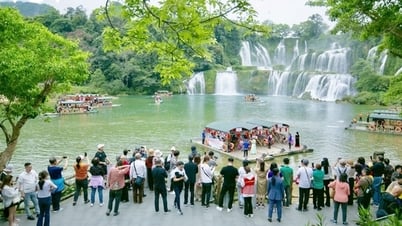






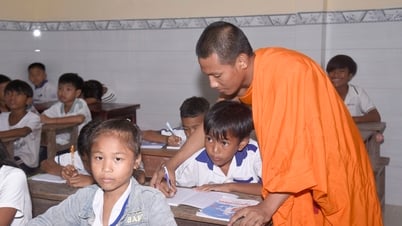
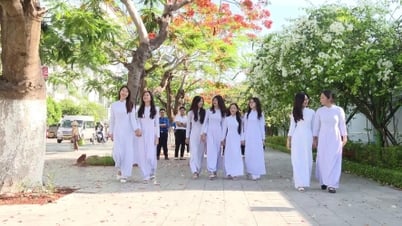
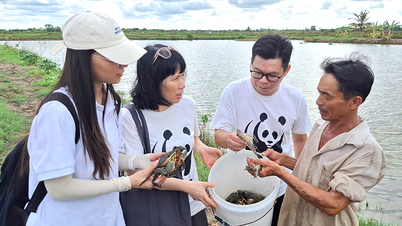



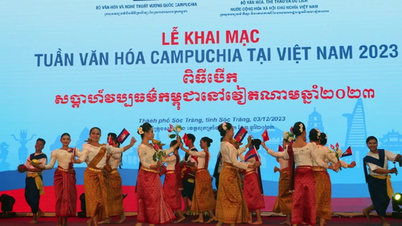




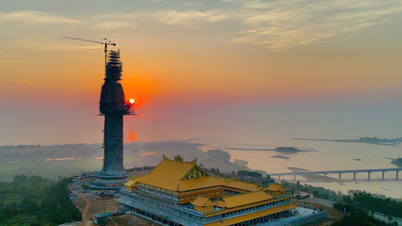


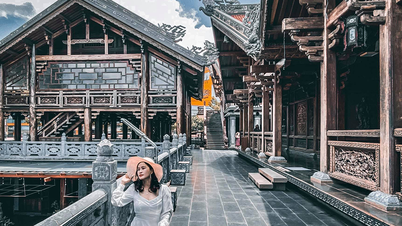







































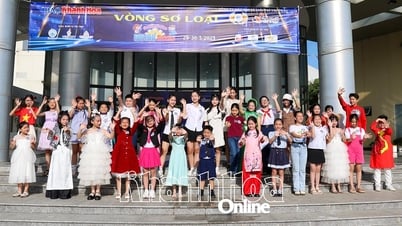

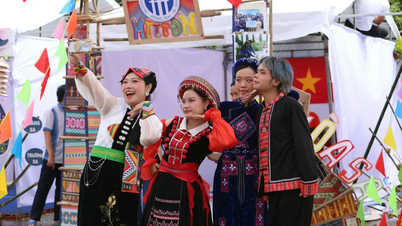

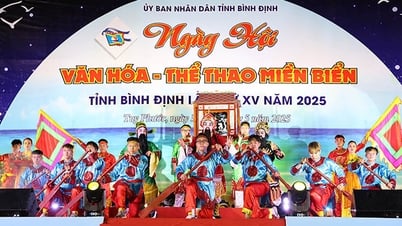














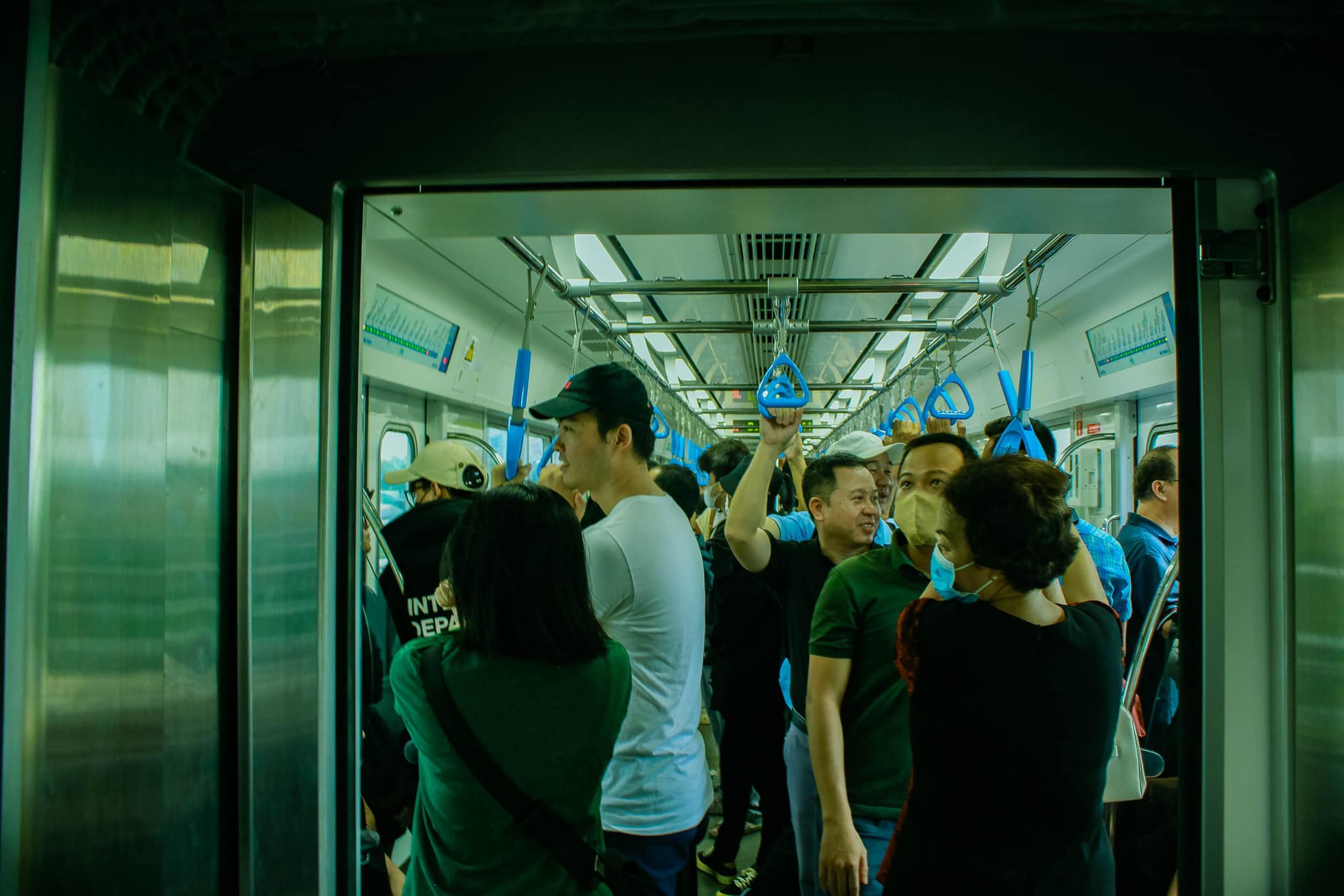



Comment (0)